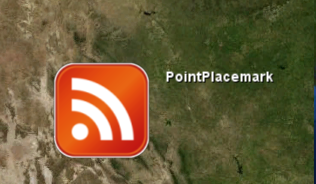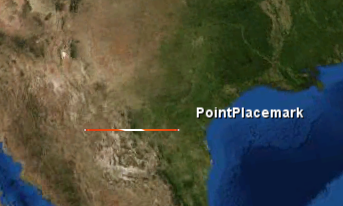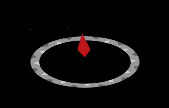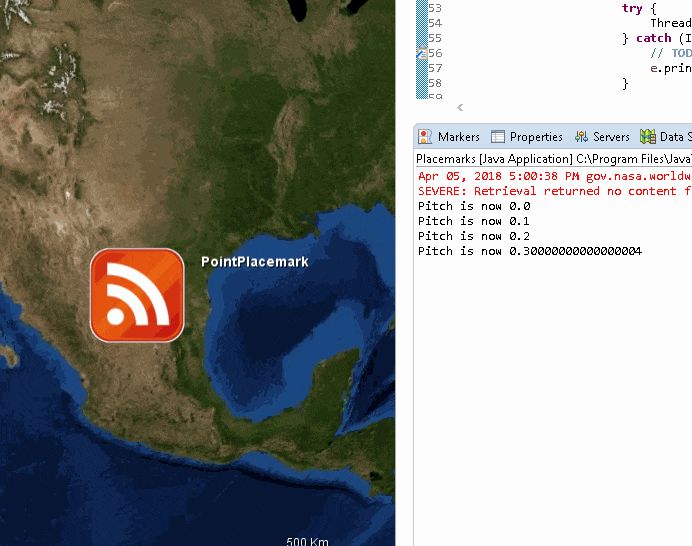I'm trying to figure out why the setPitch in the PointPlacemarkAttributes does not seem to work correctly.
I believe this JOGL code in PointPlacemark.java is where things are going wrong:
Double heading = getActiveAttributes().getHeading();
Double pitch = getActiveAttributes().getPitch();
// Adjust heading to be relative to globe or screen
if (heading != null)
{
if (AVKey.RELATIVE_TO_GLOBE.equals(this.getActiveAttributes().getHeadingReference()))
heading = dc.getView().getHeading().degrees - heading;
else
heading = -heading;
}
// Apply the heading and pitch if specified.
if (heading != null || pitch != null)
{
gl.glTranslated(xscale / 2, yscale / 2, 0);
if (pitch != null)
gl.glRotated(pitch, 1, 0, 0);
if (heading != null)
gl.glRotated(heading, 0, 0, 1);
gl.glTranslated(-xscale / 2, -yscale / 2, 0);
}
// Scale the unit quad
gl.glScaled(xscale, yscale, 1);
Here is a simple driver I've been using to play with it:
public class Placemarks extends ApplicationTemplate {
public static class AppFrame extends ApplicationTemplate.AppFrame {
public AppFrame() {
super(true, true, false);
final RenderableLayer layer = new RenderableLayer();
PointPlacemark pp = new PointPlacemark(Position.fromDegrees(28, -102, 30000));
pp.setLabelText("PointPlacemark");
pp.setLineEnabled(false);
pp.setAltitudeMode(WorldWind.ABSOLUTE);
PointPlacemarkAttributes attrs = new PointPlacemarkAttributes();
attrs.setImageAddress("gov/nasa/worldwindx/examples/images/georss.png");
attrs.setScale(1.0);
attrs.setImageOffset(Offset.CENTER);
attrs.setPitch(45.0);
pp.setAttributes(attrs);
layer.addRenderable(pp);
// Add the layer to the model.
insertBeforeCompass(getWwd(), layer);
}
}
public static void main(String[] args) {
ApplicationTemplate.start("WorldWind Placemarks", AppFrame.class);
}
}
If I set no pitch, it looks fine:
But when I set a pitch of 45 degrees it looks like this:
Which I'm not understanding how it correlates to the value I set. I'd expect it to work like the Compass does in the CompassLayer:
Update
Comment suggested to iterate through pitch values to see how it works. I did that and I'm still not seeing how it is supposed to work. It looks like it is just "cropping" the image horizontally, and not doing anything else. Here is some code:
public class Placemarks extends ApplicationTemplate {
public static class AppFrame extends ApplicationTemplate.AppFrame {
public AppFrame() {
super(true, true, false);
final RenderableLayer layer = new RenderableLayer();
PointPlacemark pp = new PointPlacemark(Position.fromDegrees(28, -102, 30000));
pp.setLabelText("PointPlacemark");
pp.setLineEnabled(false);
pp.setAltitudeMode(WorldWind.ABSOLUTE);
PointPlacemarkAttributes attrs = new PointPlacemarkAttributes();
attrs.setImageAddress("gov/nasa/worldwindx/examples/images/georss.png");
attrs.setScale(1.0);
attrs.setImageOffset(Offset.CENTER);
pp.setAttributes(attrs);
layer.addRenderable(pp);
// Add the layer to the model.
insertBeforeCompass(getWwd(), layer);
Thread t = new Thread(new Runnable() {
@Override
public void run() {
for(double i = 0.0; i<360; i+=.1) {
attrs.setPitch(i);
System.out.println("Pitch is now "+i);
try {
Thread.sleep(100);
} catch (InterruptedException e) {
// TODO Auto-generated catch block
e.printStackTrace();
}
AppFrame.this.getWwd().redrawNow();
}
}
});
t.start();
}
}
public static void main(String[] args) {
ApplicationTemplate.start("WorldWind Placemarks", AppFrame.class);
}
}
And a screen recorded GIF:




